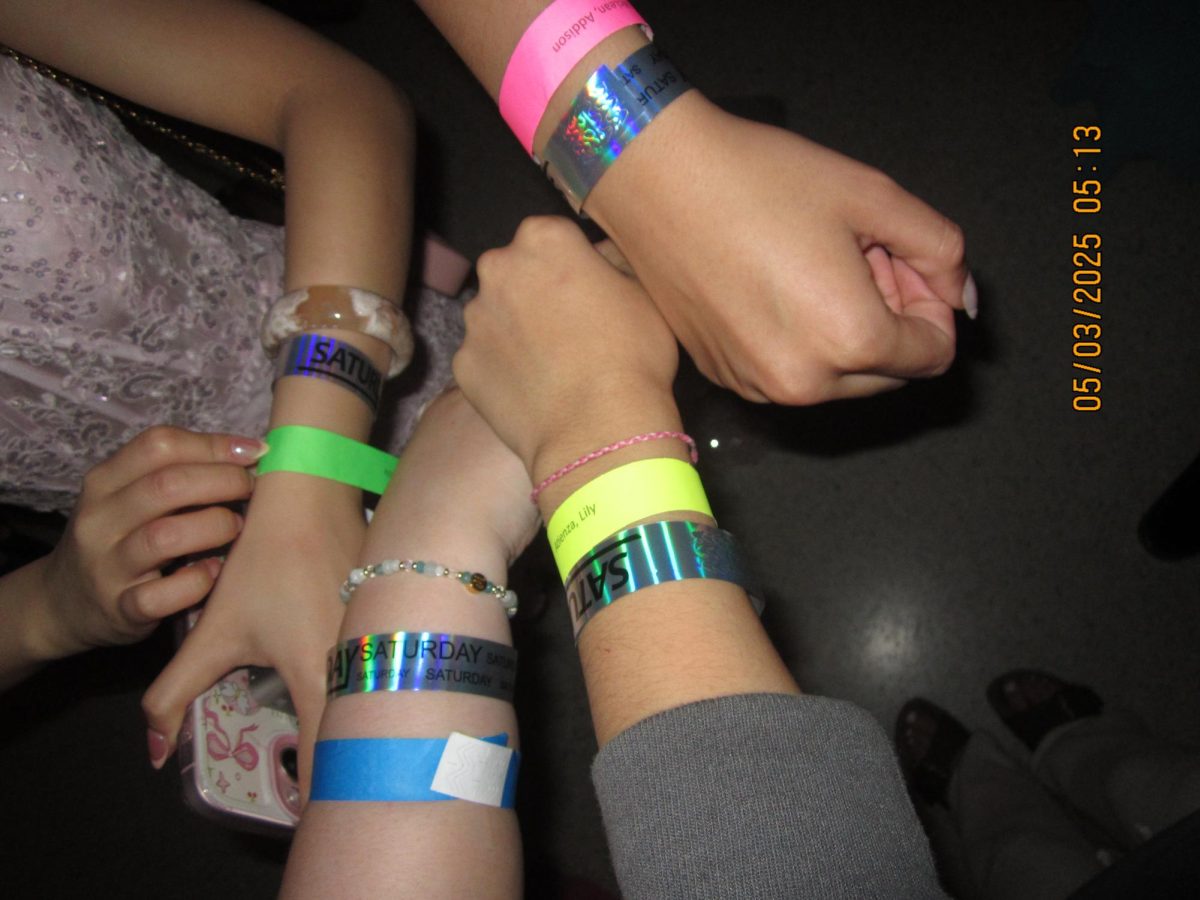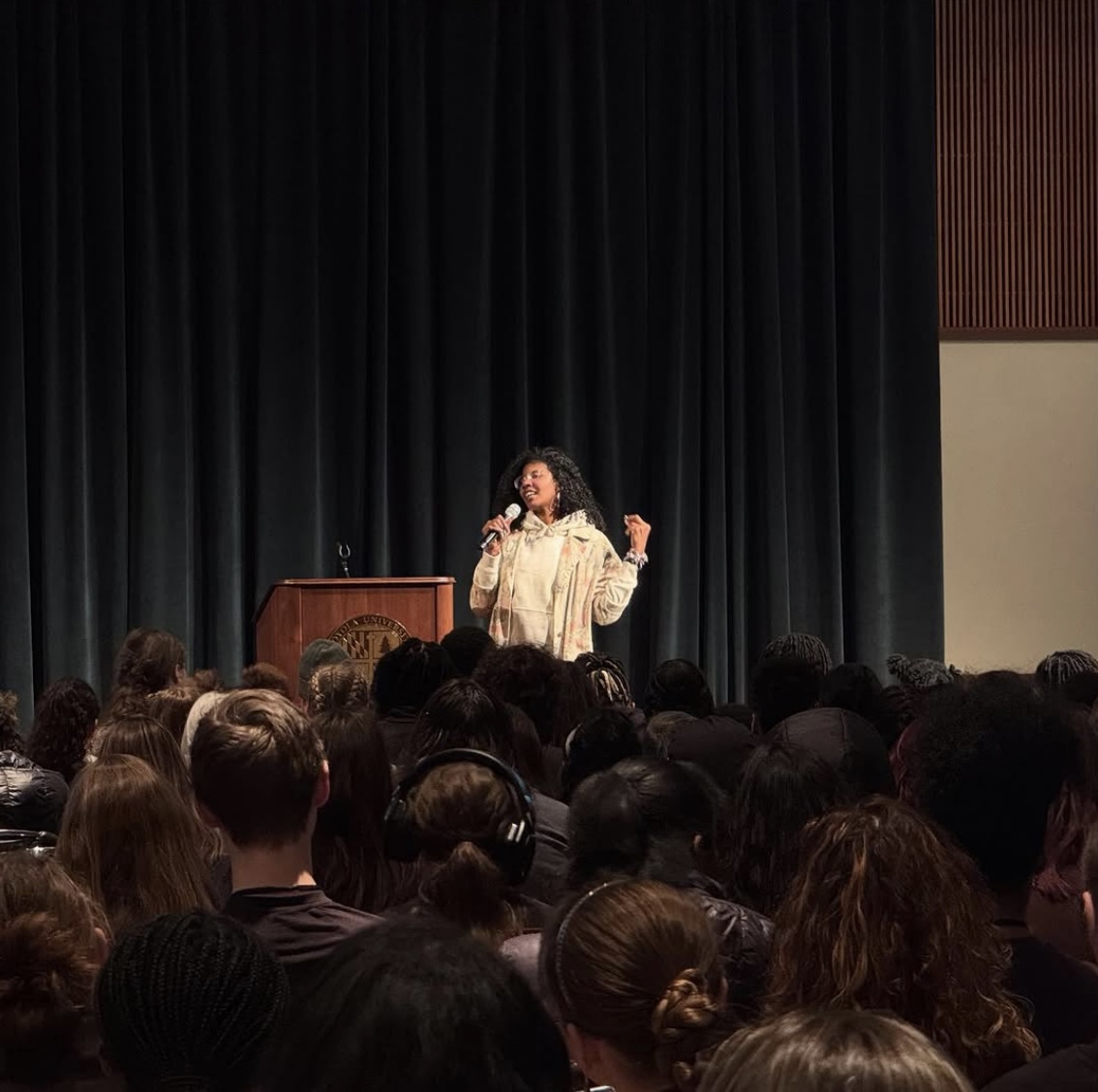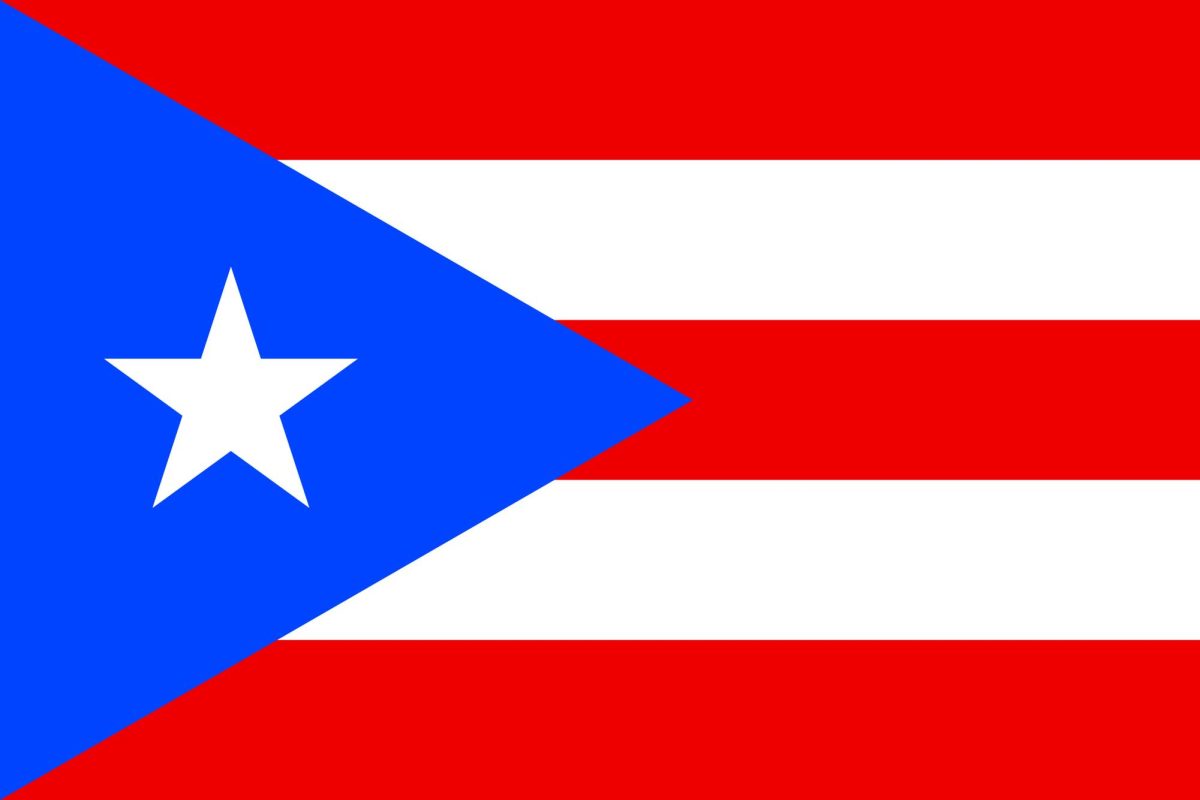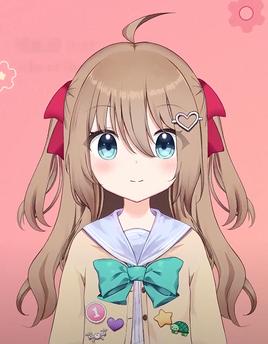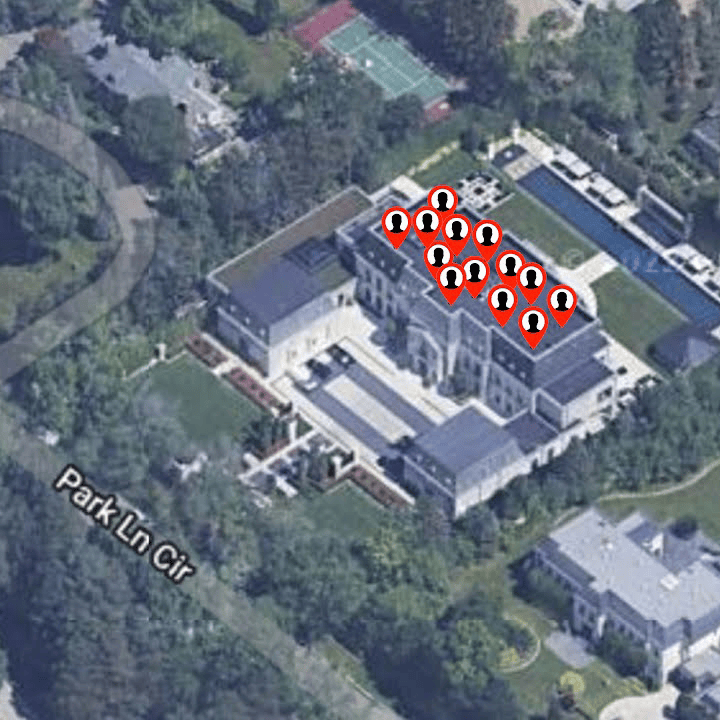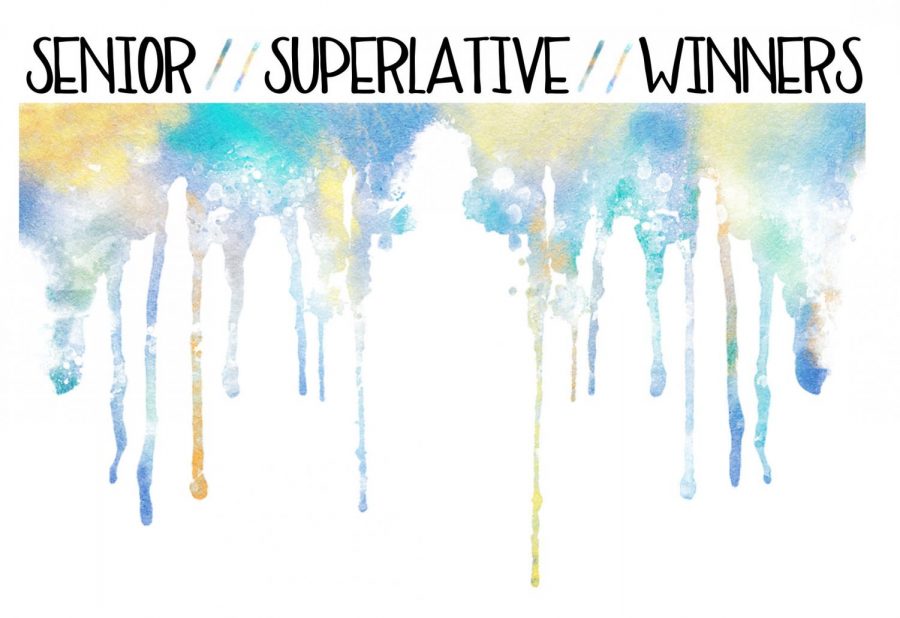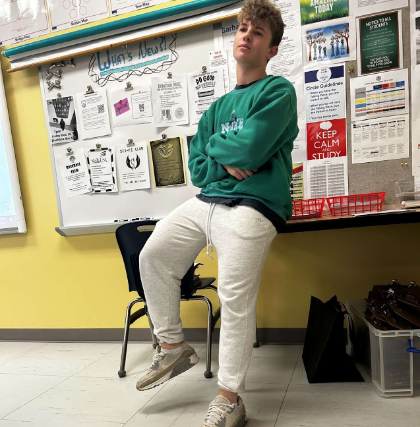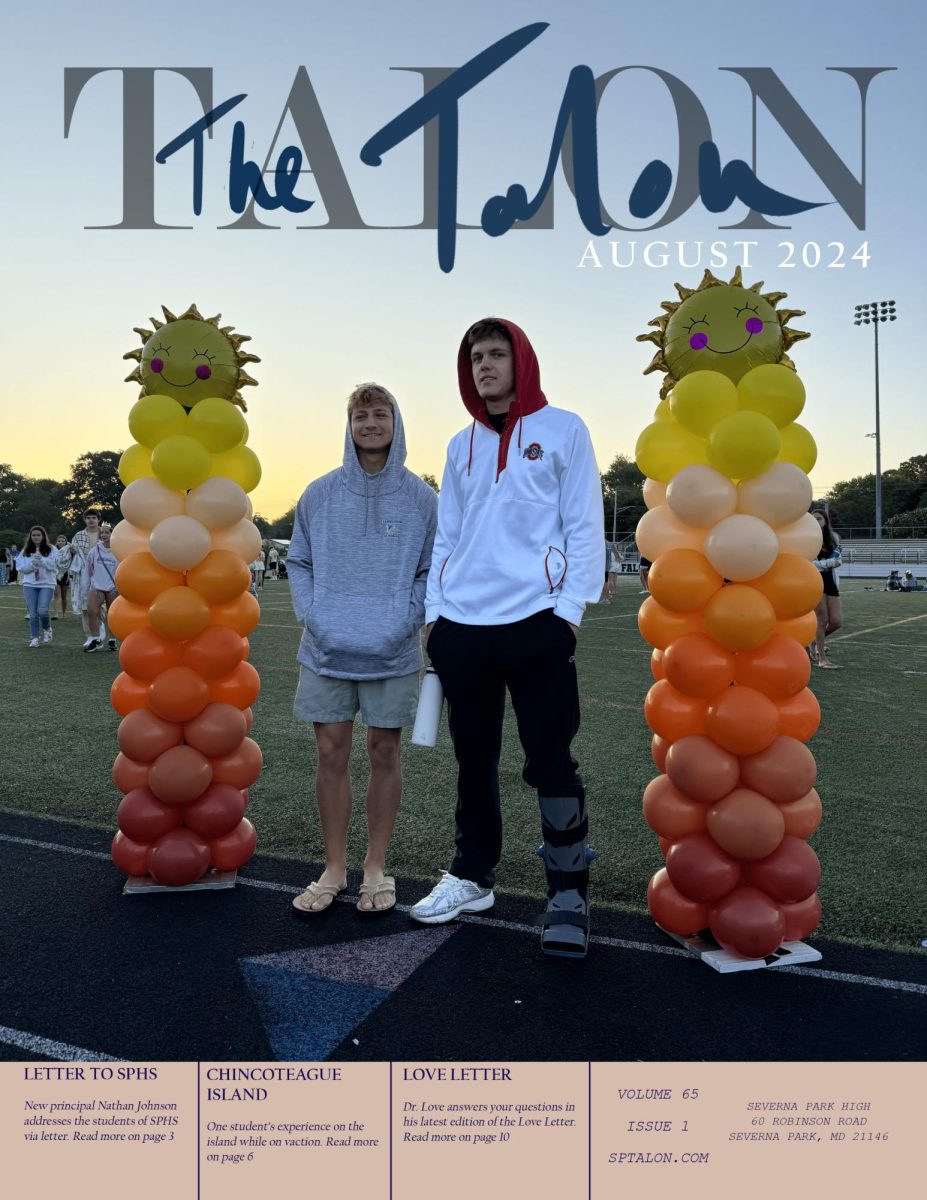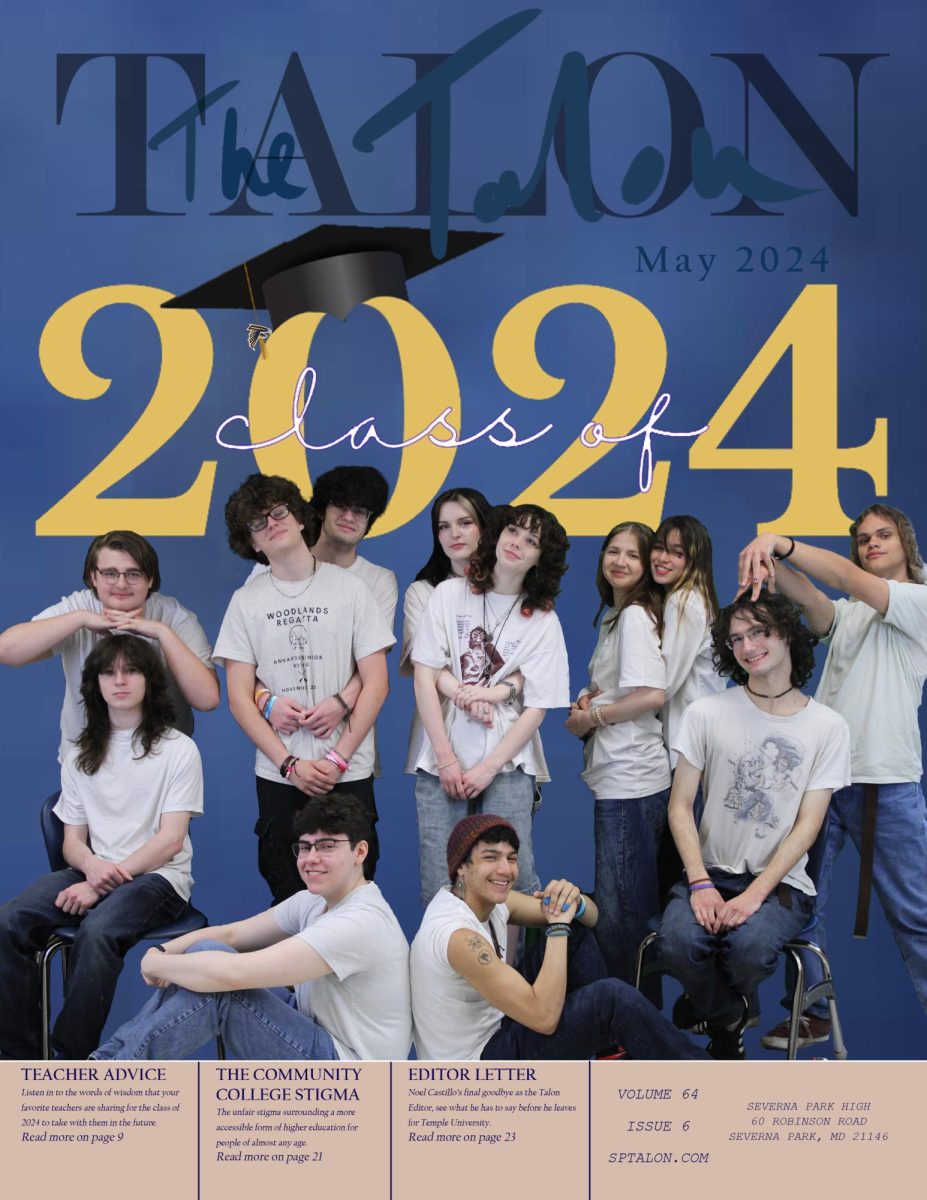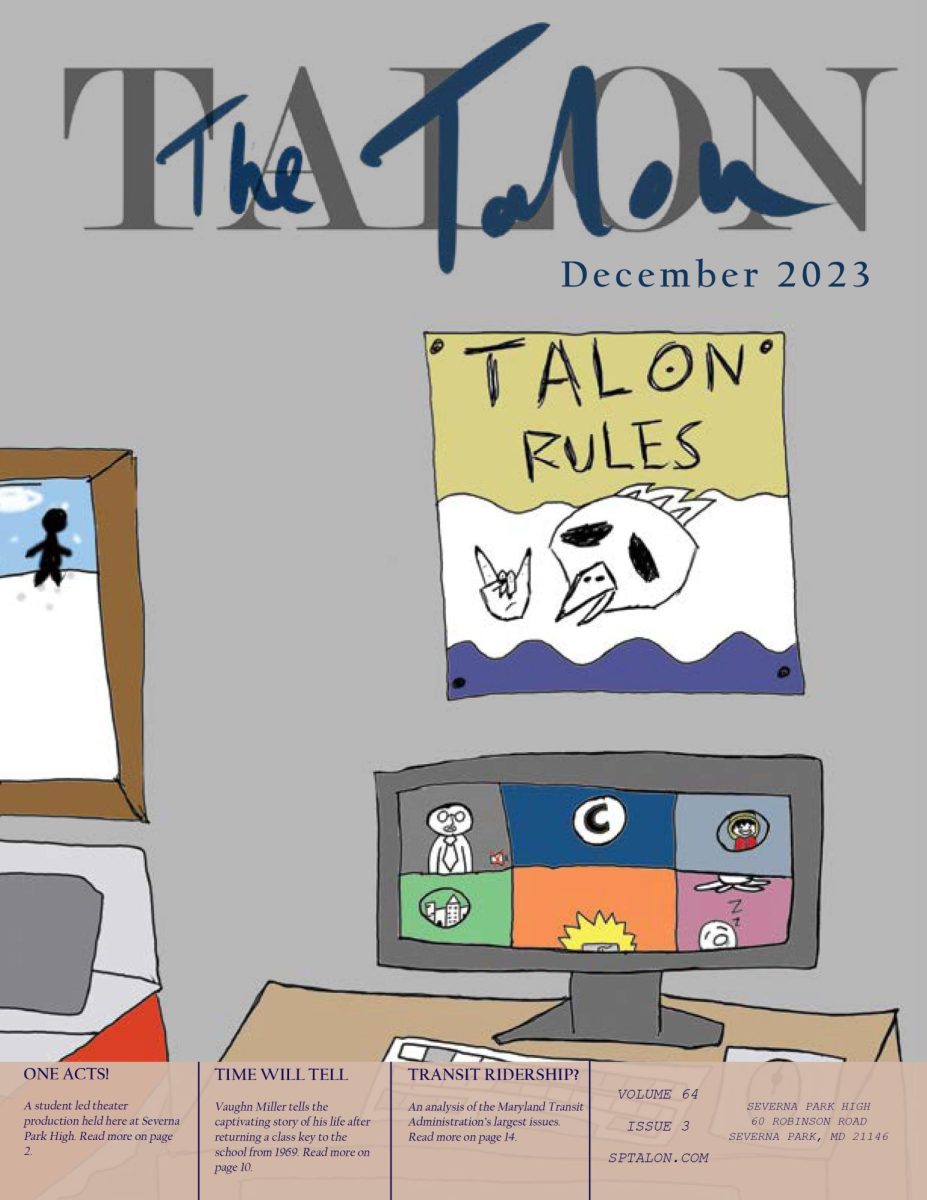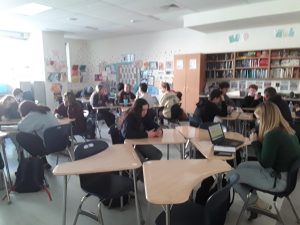International Education
This story is continued from the May print edition of the Talon.
Schooling in other countries is quite different from American Schooling. From starting to ending school, Spain and Italy have different practices. Thanks to our senior exchange students this year, we have been given a closer look into how their schooling years will end.
May 22, 2023
Have you ever wondered what it would be like to go to school in a different country? Each country and region has their own approach to education, and seniors Daida Ligthart-Rico and Silvia Capitanio have witnessed both American schooling, and the schooling of their home countries, Spain and Italy.
Daida Ligthart-Rico is an exchange student from Spain who is studying at Severna Park this year as a senior. Schooling in Spain starts with kindergarten from the ages of 0 to 6. Then there is middle school from ages 6-12, and high school from 12-16. After that, there is optional bachelor and vocational training. The bachelor courses can lead directly to university, while vocational training is for more blue collar opportunities such as mechanics.
According to Ligthart-Rico, Spanish high school does “not have a wide variety of subjects, nor can we choose which classes we want,”, however, she claims that Spanish students can choose branches of studies they wish to pursue, such as sciences(classes such as physics, biology and chemistry) and social sciences(classes such as language, history and geography).
When asked about graduation in Spain, Ligthart-Rico states that “Graduation is almost the same as here, all the seniors meet, all from the same year, in this case 2005… We walk around the stage until we meet several teachers who give us the diplomas…”
Ligthart-Rico is set to return to Spain near the end of the school year, saying that “I have moved up my return date to get to my graduation in Spain, even if I didn’t finish there, they let me graduate with my class and get the diploma.”
Silvia Capitanio is also an exchange student and is from Italy. Capitanio is a senior in America, however she will not graduate this year in Italy. Capitanio states that “graduation for us in Italy takes place at the 5th year of high school, at the age of 18/19 years.” Apparently, in Italy, all schools end on the 8th of June and as a result, graduation is not celebrated as much as it is in America.
Schooling in Italy is similar to America, as primary schooling is from ages 6 to 11, middle from 11 to 14 and secondary from 14 to 19. In the last year of middle school, Italian students have to choose what type of high school they wish to attend. Each high school is focused on different fields and Capitanio says that “high school [is] divided into: classical (where literature is studied more, Greek and Latin), scientific (more mathematics, chemistry), humanities (psychology, sociology…), artistic (architecture, design, photography), linguistic (Spanish, French, German). Another type of school is the technical institution.”
Capitanio says that the graduating class has “three major exams: three written exams, which include that of mathematics, English and one [oral thesis reading].” She says that the last exam is the most dreaded because “you are sitting in front of all the professors reading your thesis”. In Italy, after exams have finished, friends gather together and spray each other with wine in celebration. Graduation in Italy is more of a celebration of passing exams than it is of the act of graduating.
Capitanio will leave America at the end of May and return to Italy. On Sept. 14, she will resume school in Italy as a fifth year and she will graduate in 2024, just like current juniors in America.
This is just the tip of the iceberg when it comes to learning more about different cultures and their practices. However, this gives a little insight into how education works in different parts of the world.

